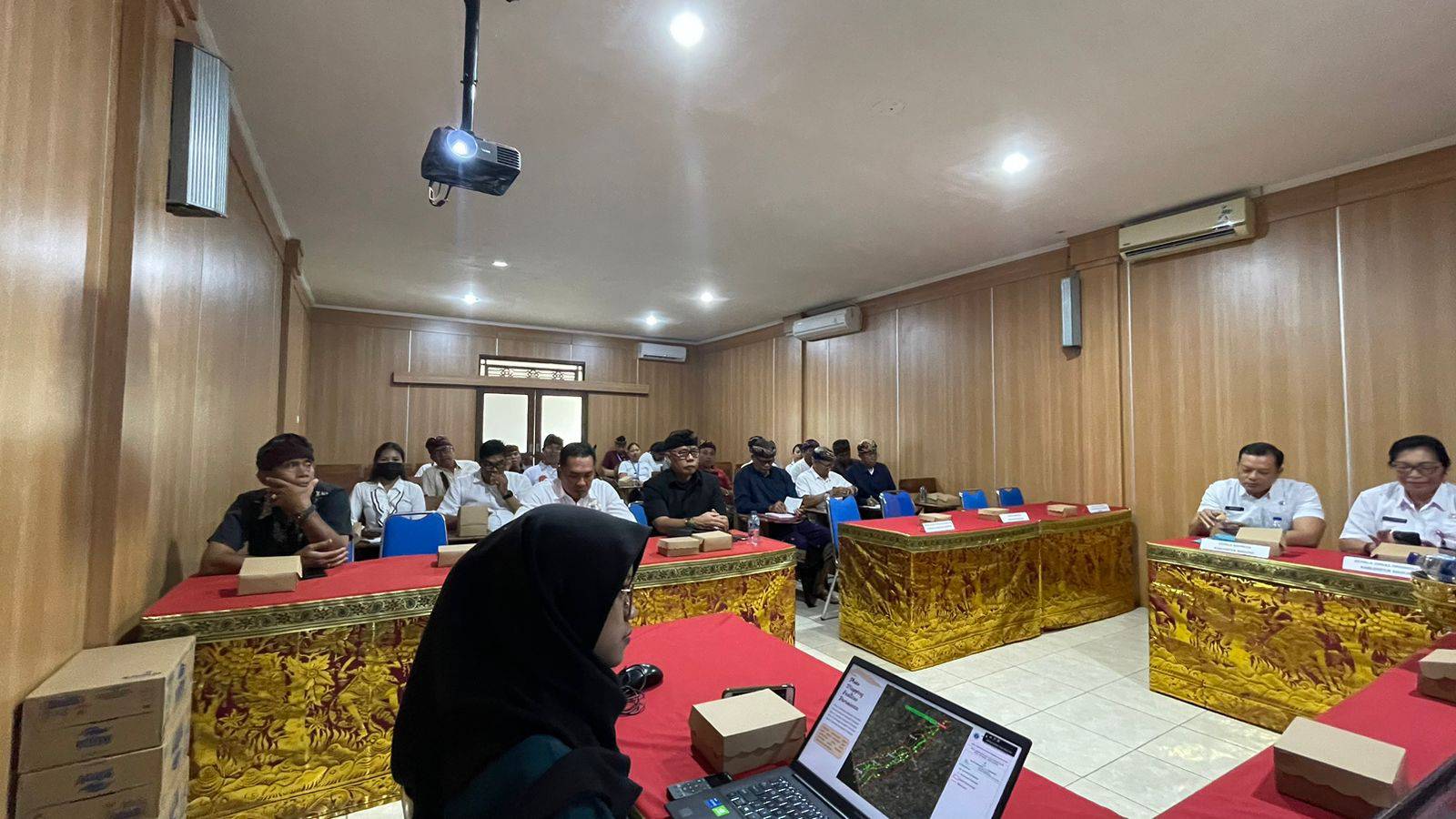ITB Attained First Place of Scientific Writing Competition with Optimization of Microalgae Biodiesel Productivity
By Fatimah Larassati
Editor Fatimah Larassati

Exploration of Indonesian Endemic Microalgae's Potency
Increasing Indonesian population leads to higher demand of renewable energy resources. This escalation is inversely proportional with fossil energy availability, which is still being used as the first choice of energy resources, though it suffers decreasing in its reserves capacity. Solution for this contradictory situation should come with efforts to minimalize climate change due to fossil energy. For that reason, ITB's delegates have been innovated in producing renewable and ecofriendly energy resources. Known as megabiodiversity (large amount of biovarieties) country, microalgae are seen as the one of potential bioenergy resources.
Wide range organism's variation and tremendous potential to become biofuel are reasons of the fundamental consideration in choosing microorganism. One of this potential microalgae species is Botrycoccus braunii, endemic Indonesian limnetic microalgae which is well grown in freshwater. Around 75% of dried microalgae weight consists of abundant oil content. Through this following information, opportunity for exploiting Botrycoccus braunii becomes more defined.
"Our main idea is to produce higher yield from Botryococcus braunii by optimizing every step (started from cultivation, harvesting, to extraction). Why does it have to be Botrycoccus braunii? Because it has a great potential, large amount of oil content up to 70-75%, easily and rapidly grown, also higher productivity than palm oil. Moreover, it can absorb carbon dioxide. Therefore, we think that this species should be optimized," Hamdin explained. He emphasized that greencycle method can be implemented in cultivation stage.
Innovation in Optimization
The process of making biodiesel from microalgae needs specific techniques. Productivity and harvested oil yield from the microalgae are affected by cultivation technique, harvesting, and the extraction of Botrycoccus braunii's oil. But these three ITB's students succeeded to map out the optimization, for instance cultivation techniques by Botrycoccus braunii that can be used by combining the concept of "green cycle" and semi-continuous culture method. This system can produce biomass optimally and also preserve water culture quality. This optimization method is effective to increase growth rate indicated by shorter doubling time.
ITB Team chose NaOH flocculants which have been proven to be able to suspend 80% of biomass with reasonable price. In the oil extraction process, they used supercritical fluid extraction that can recover up to 100% Botryccoccus braunii biomass. "Alhamdulillah we can carry on ITB triumph ambience, in particular for Biological Engineering students. We hope there will be more ITB students participating in any national events and have more supportive stakeholder," Hamdin hoped.
Citta Santi
Owen Nixon Jimawan
ITB Journalist Apprentice 2016

.jpg)
.jpg)
.png)
.jpg)
.jpg)

